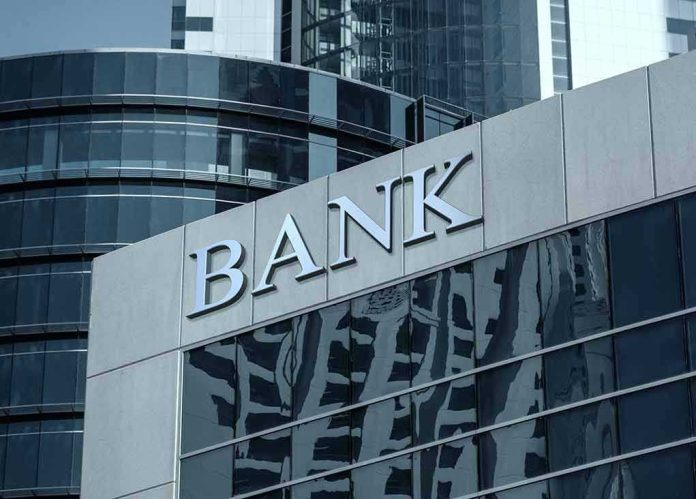
A massive $312 billion money laundering scandal involving US banks is overshadowed by misplaced scrutiny on cryptocurrency, raising constitutional concerns among conservatives.
Story Snapshot
- US banks moved $312 billion in illicit funds from 2020 to 2024.
- Chinese money laundering networks facilitated cartels’ financial operations.
- Current focus on crypto overlooks traditional banking risks.
- Regulatory priorities in anti-money laundering are under scrutiny.
Scale of Money Laundering Through US Banks
From 2020 to 2024, US banks were used to launder approximately $312 billion for Chinese money laundering networks (CMLNs), which chiefly facilitated Mexican drug cartels. This staggering amount highlights the significant role traditional financial systems play in illegal financial activities, overshadowing the attention given to cryptocurrency as a money laundering tool. Critics argue that regulatory bodies have disproportionately focused on crypto, neglecting the larger, more established channels through which illicit funds flow.
US banks moved $312B in dirty money, but critics still blame crypto
via @Cointelegraph https://t.co/5XSGMeyNRt— hielo777 (@hielo777) August 29, 2025
The FinCEN in July 2025 issued an advisory emphasizing the scale and threat posed by these CMLNs, urging financial institutions to enhance their detection and reporting mechanisms. This advisory comes in response to the symbiotic relationship between these networks and Mexican cartels, a relationship that has proven highly effective in circumventing both US and Chinese currency controls. Despite the clear evidence, regulatory efforts appear misaligned, with a continued emphasis on cryptocurrencies instead of addressing these significant vulnerabilities in traditional banking.
Regulatory and Political Disconnect
The regulatory and political focus on cryptocurrency as a vehicle for money laundering has been criticized for being disproportionate, especially when compared to the scale of illicit activities conducted through traditional banking systems. Lawmakers and regulators have been pressured to scrutinize digital currencies, often due to political agendas and public safety concerns. However, this approach might be diverting crucial resources away from addressing more significant risks posed by established financial institutions.
US banks, which are required to file suspicious activity reports (SARs) under the Bank Secrecy Act, often find themselves overwhelmed by the volume and complexity of laundering schemes. This systemic issue underscores a need for a balanced regulatory framework that addresses all channels of money laundering without unfairly targeting emerging technologies like cryptocurrency, which, despite its potential for misuse, does not match the scale of risks seen in traditional banking.
Implications and Future Directions
The implications of this focus misalignment are profound. In the short-term, banks face increased regulatory scrutiny and potential compliance costs as they enhance their anti-money laundering (AML) controls. In the long-term, the debate over regulatory priorities could influence future legislative measures, potentially leading to stricter AML regulations for both banks and crypto platforms. Such measures could affect the financial industry by reallocating resources towards addressing the most significant money laundering channels.
Furthermore, the financial and social impacts of money laundering are far-reaching. Illicit financial activities undermine legitimate economic operations and enable other crimes, such as drug and human trafficking. For US communities and financial institutions, the stakes are high, as reputational damage and erosion of public trust could follow if these issues are not adequately addressed. Ultimately, a comprehensive, cross-sectoral response involving both traditional and digital financial systems is necessary to combat money laundering effectively.
Sources:
US banks moved $312B in dirty money, but critics still blame crypto
Cartels exploit banks to launder $312B through Chinese schemes
FinCEN issues advisory on CMLNs and financial threats
Federal indictment alleges alliance between Sinaloa Cartel and money launderers












